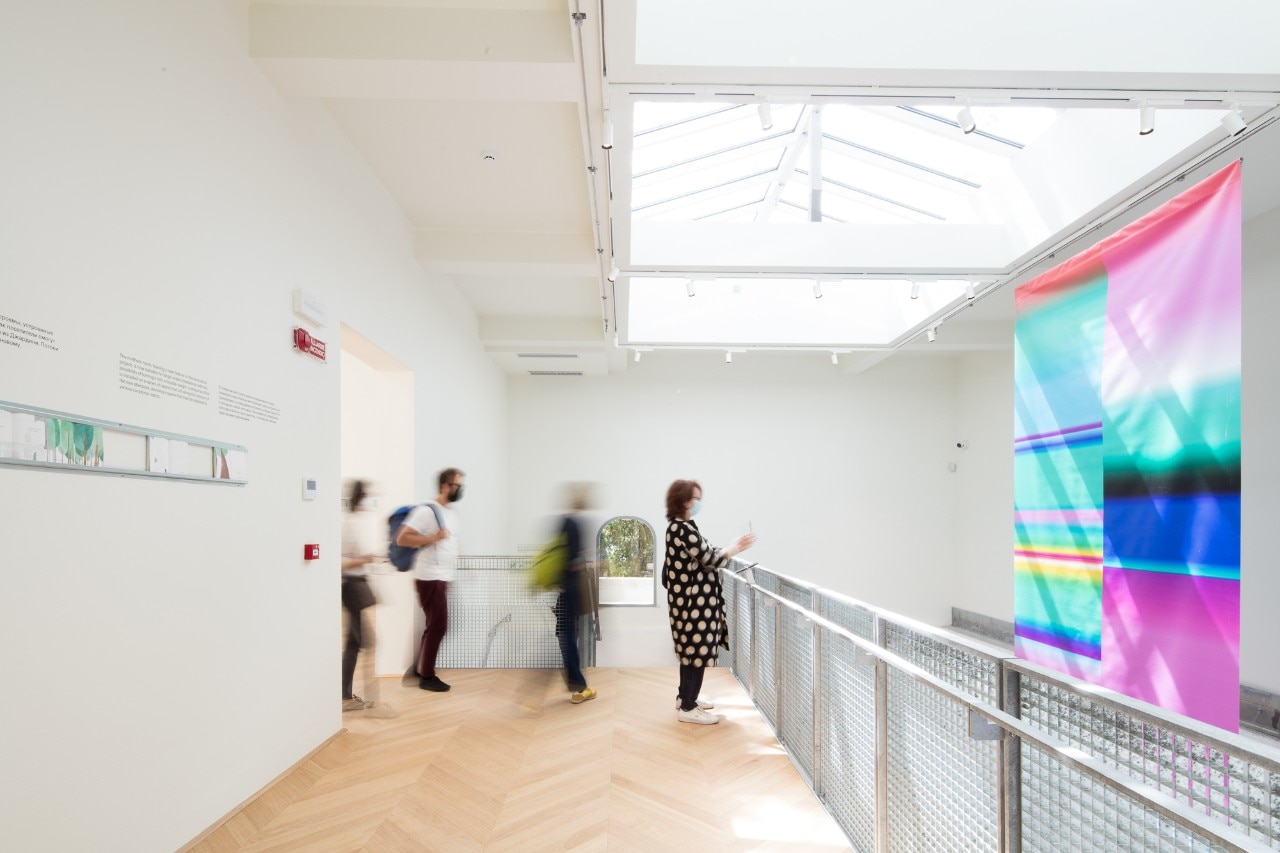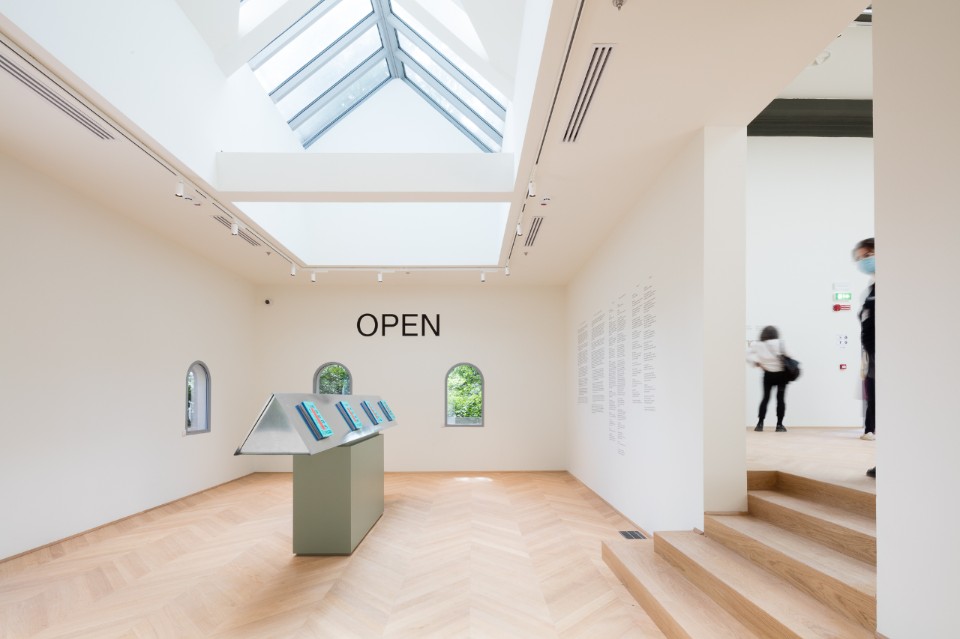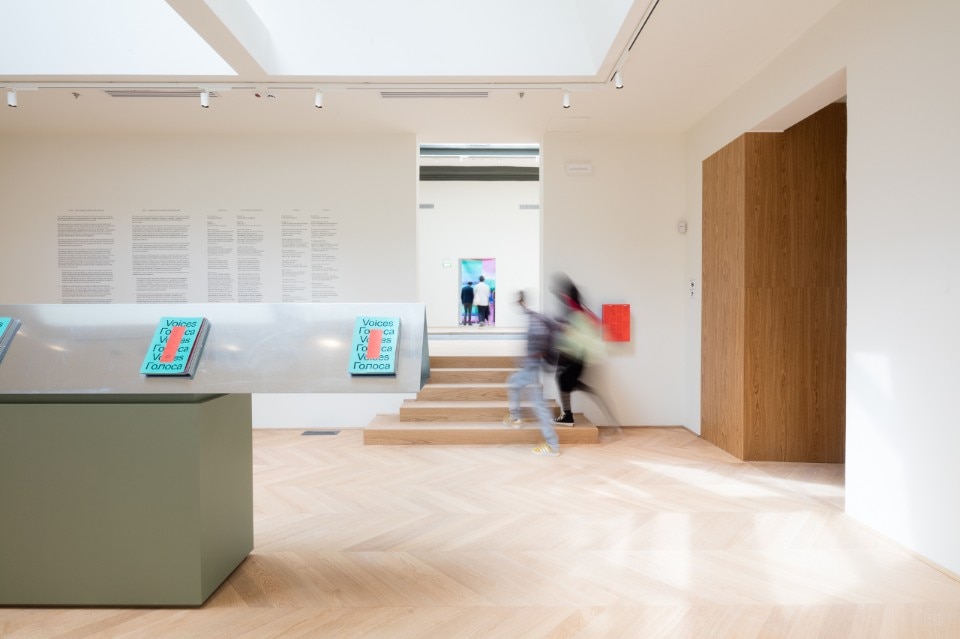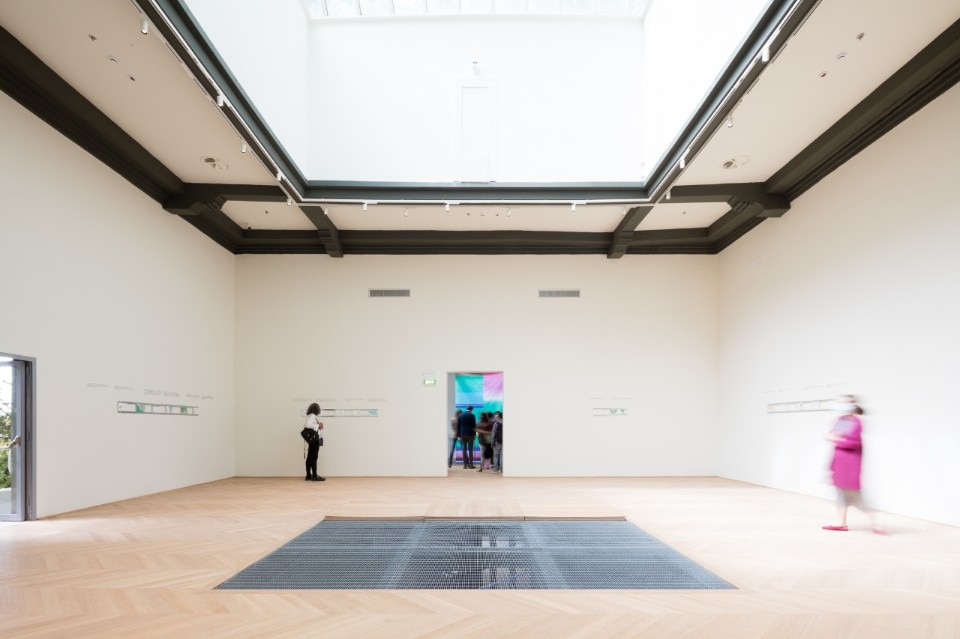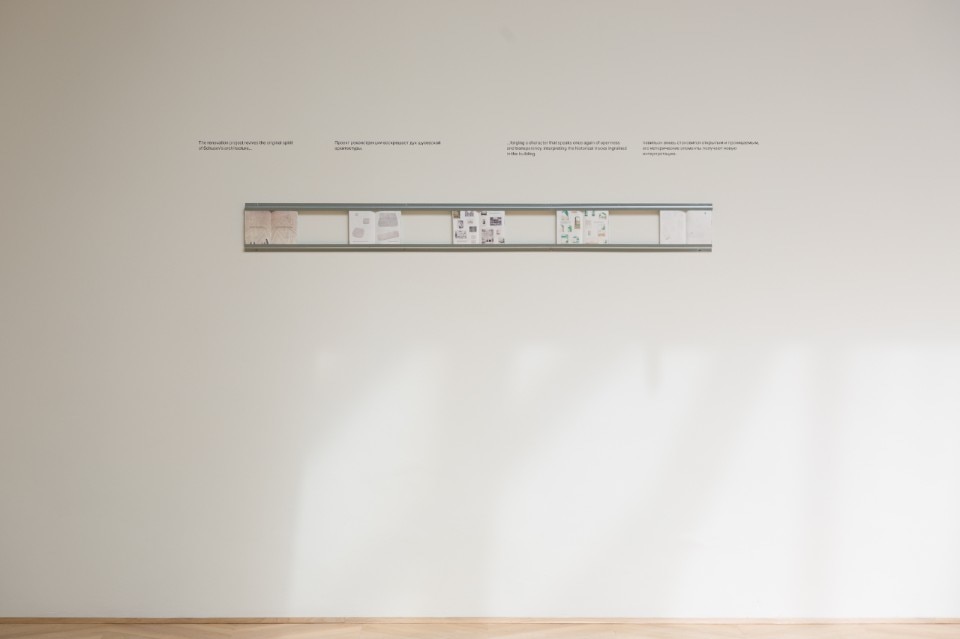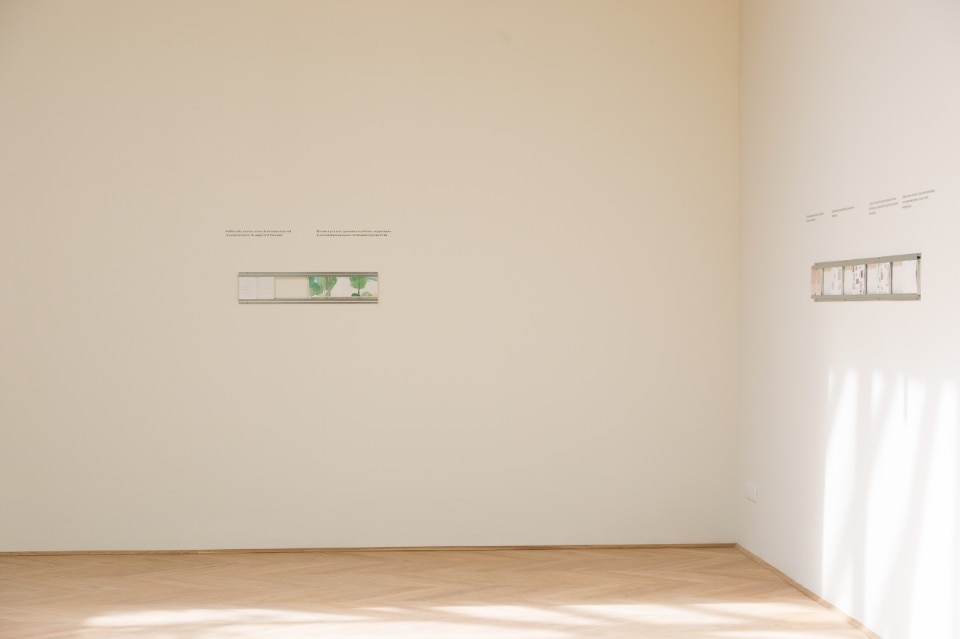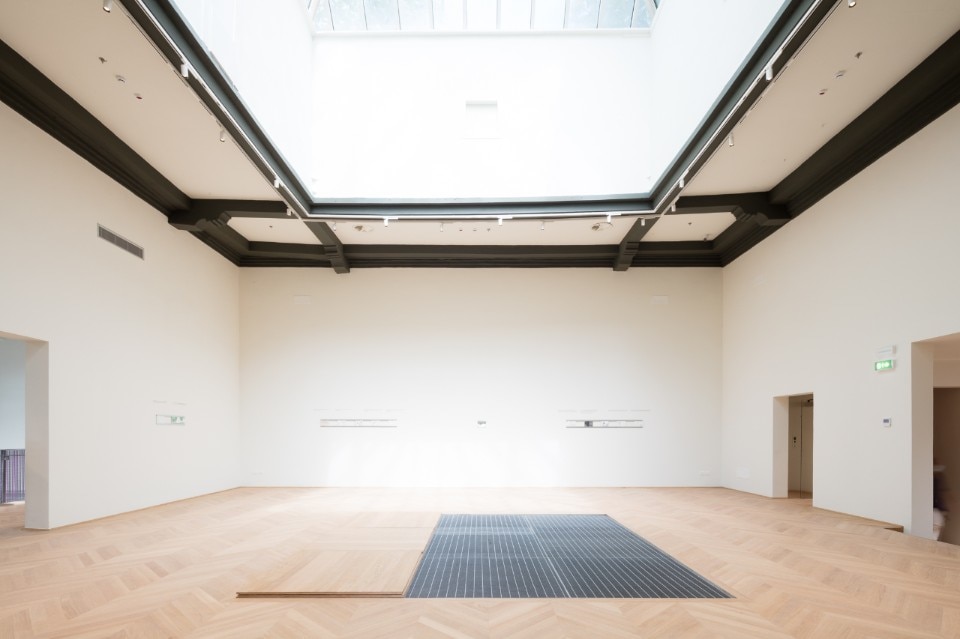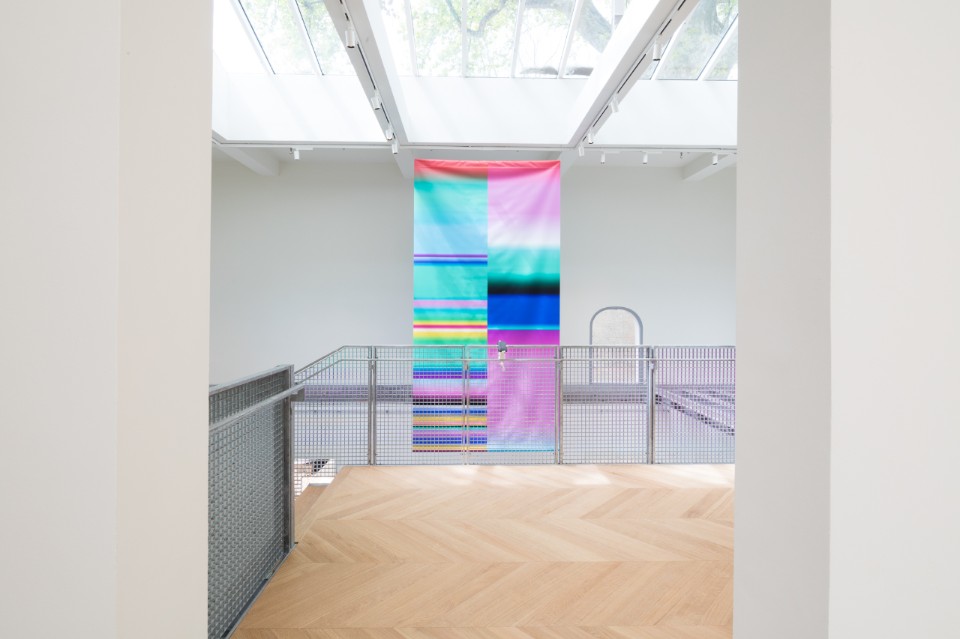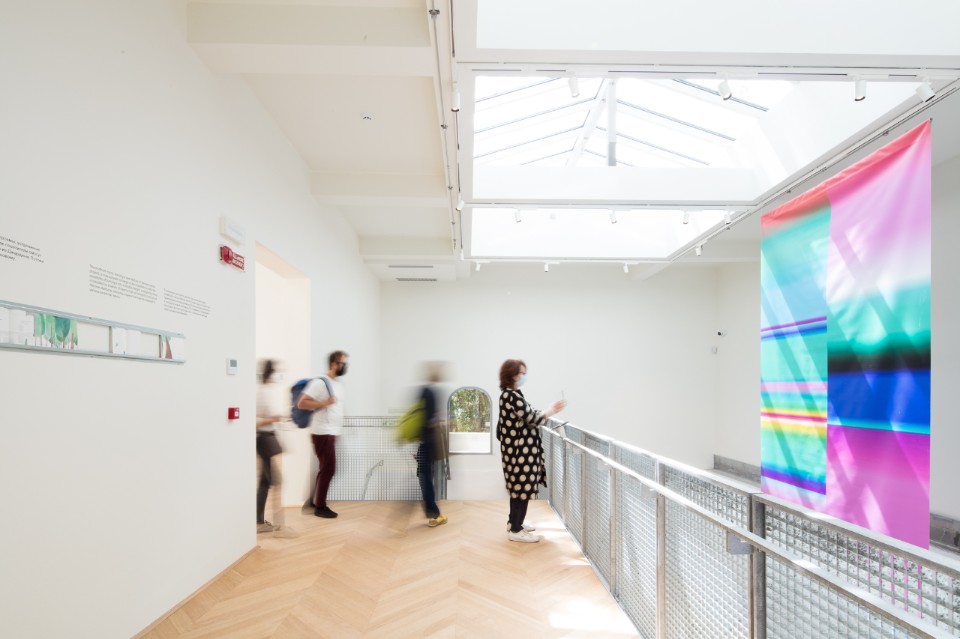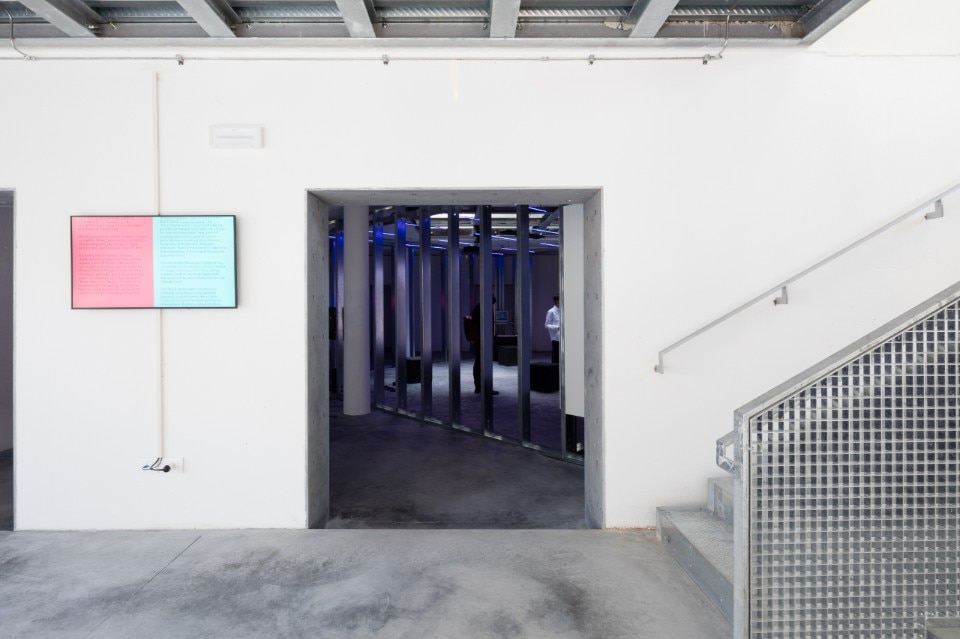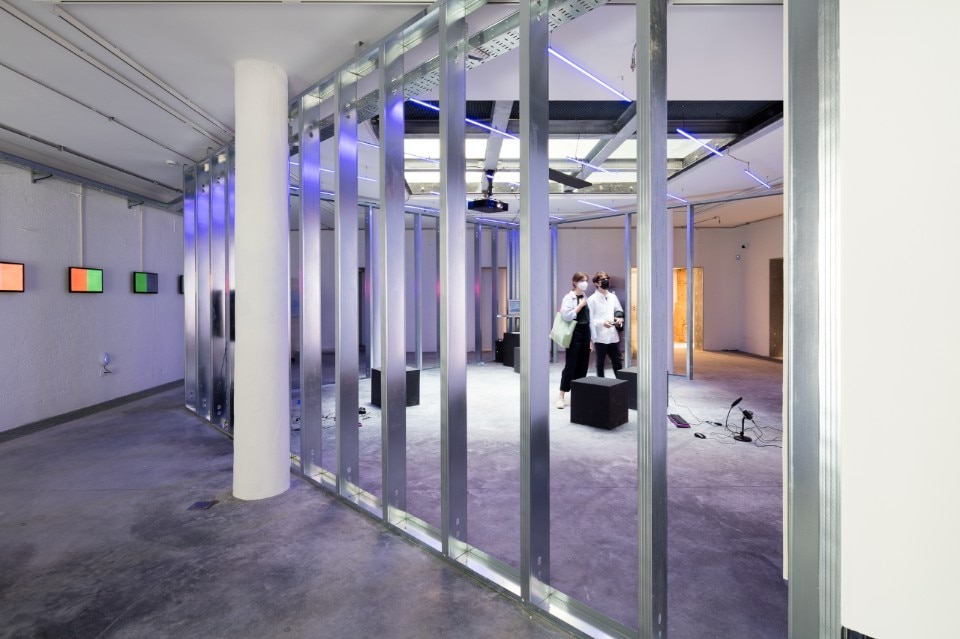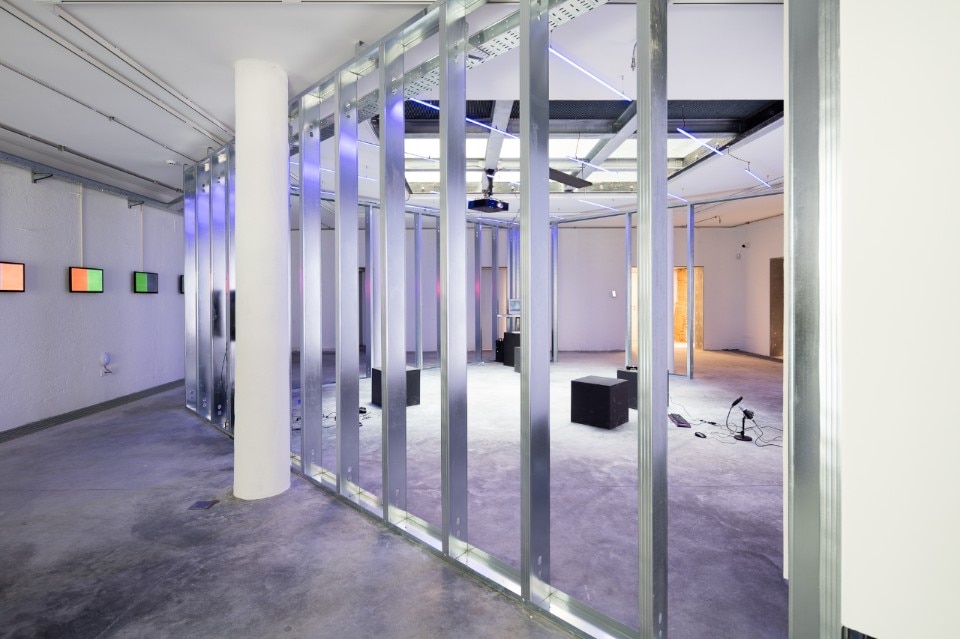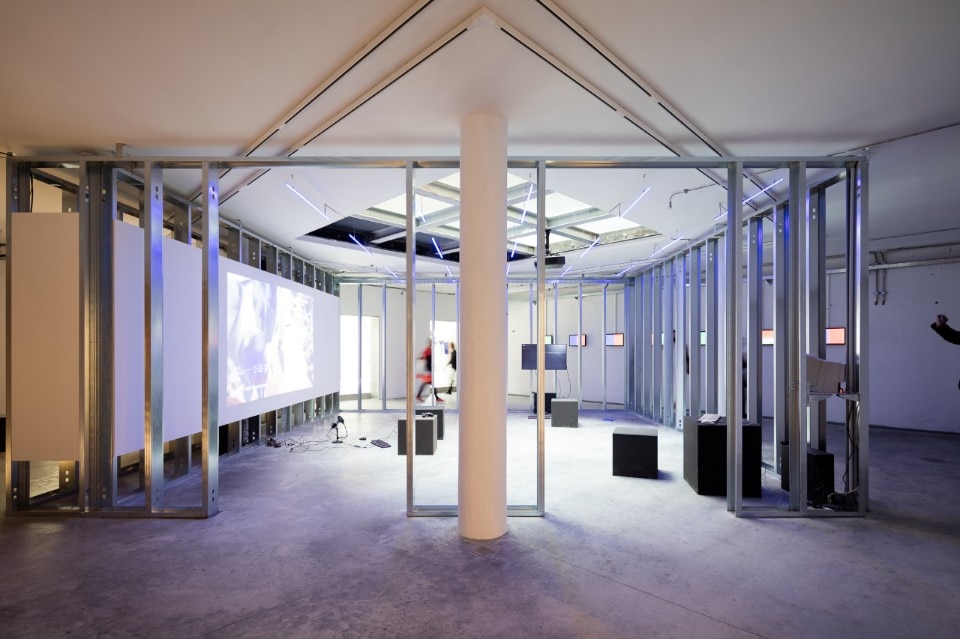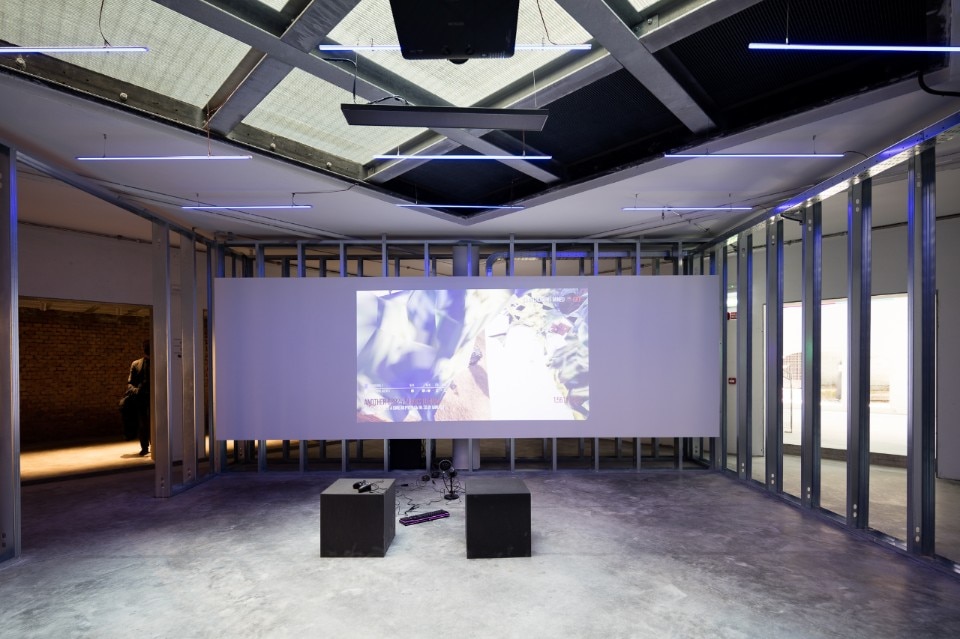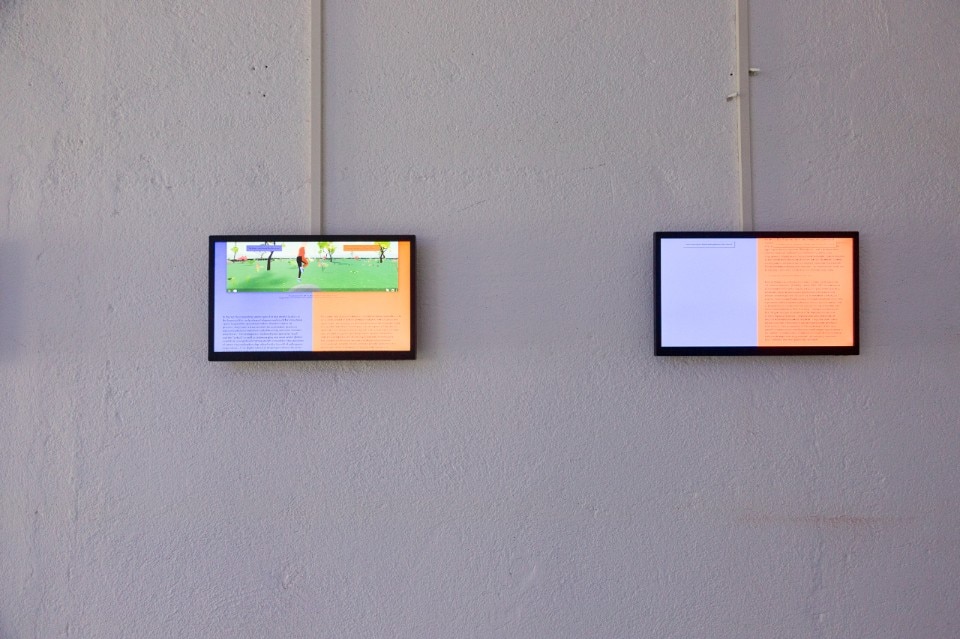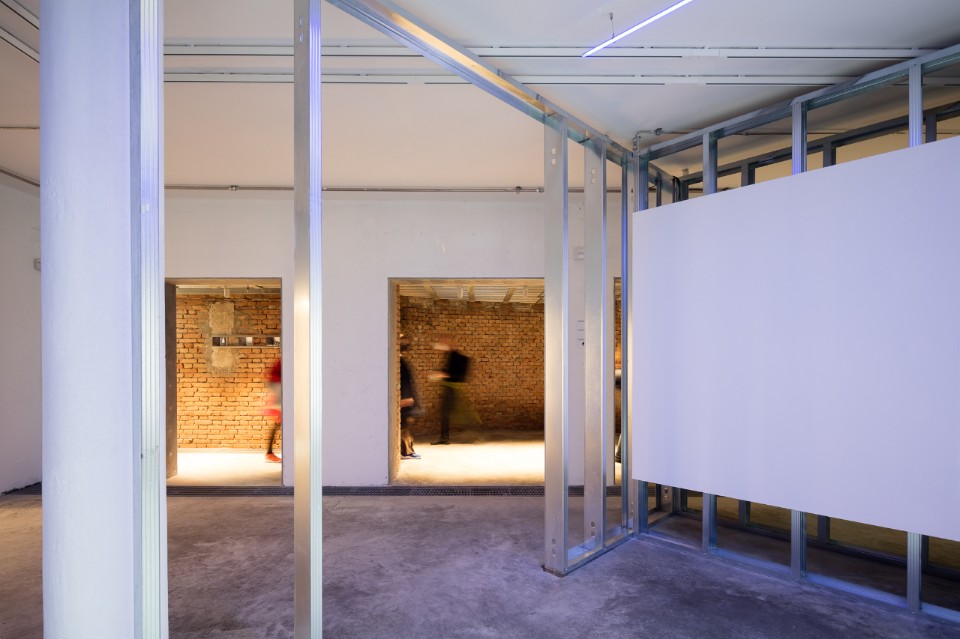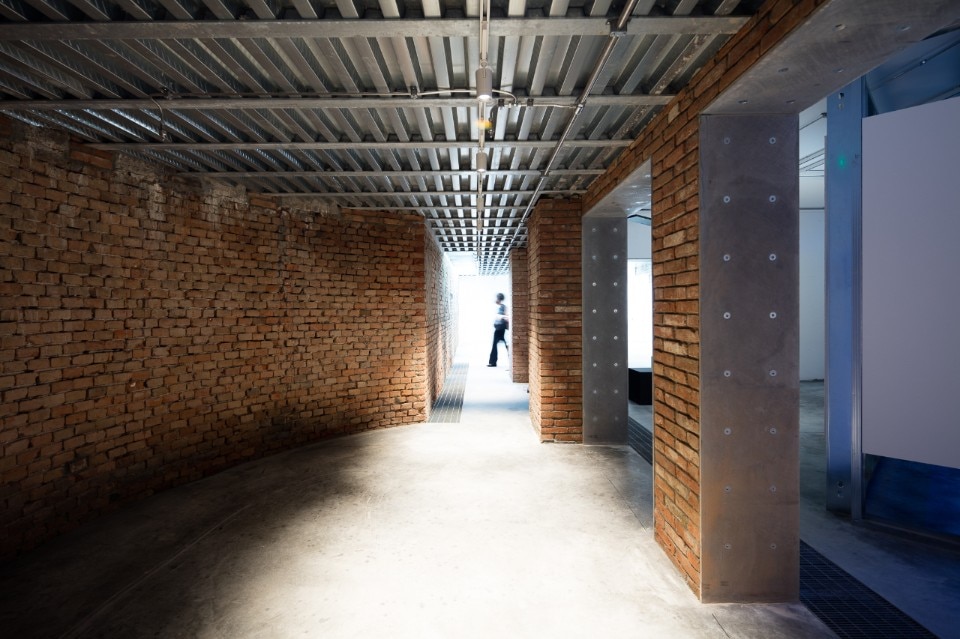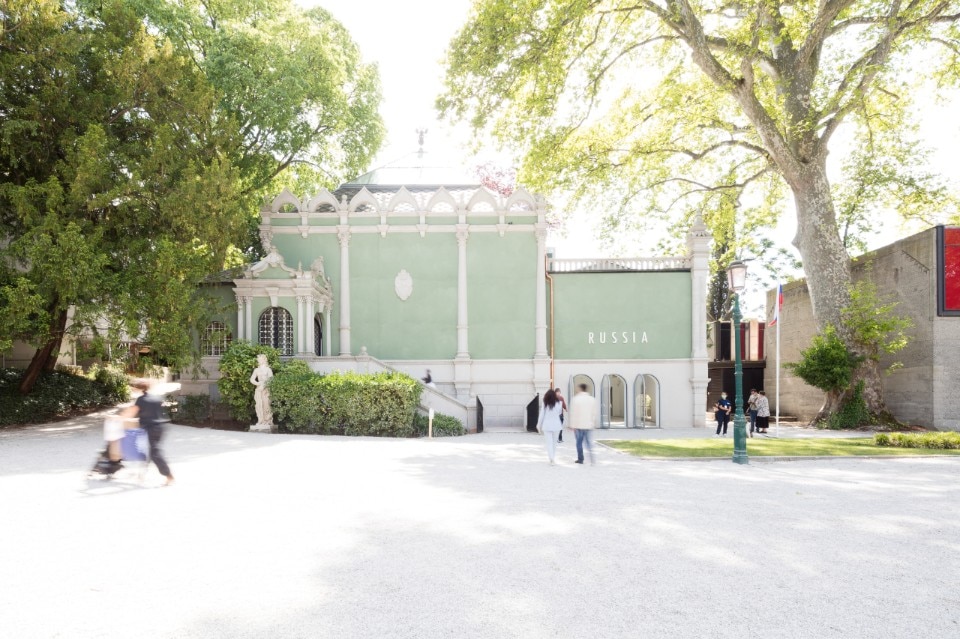Perhaps there is no national pavilion that has adapted better to the presence of the pandemic at the 2021 Architecture Biennale, to the point it has gained a Special Mention at the Biennale Awards held at the end of August. The title of this research project into the role and relevance of cultural institutions today commissioned by Teresa Iavocci Mavica (director of the VAC Foundation) and curated by Ippolito Pestellini Laparelli (founding member of 2050+) has, in fact, been emblematically transformed from ‘Open!’ to ‘Open?’, thereby transmitting a sense of uncertainty that has infected even the most well established institutions.
Initially the 1914 pavilion by Andrei Shchusev, who also designed Lenin’s mausoleum in Moscow, was intended to house KASA/Kovaleva&Sato Architects , the Russian-Japanese studio founded by Aleksandra Kovaleva and Kei Sato- winners of the competition to rebuild the structure, for the entire length of the Architecture Biennale, so as to arrive at the following Art Biennale with a finished product. The original idea was, therefore, for the physical space of the pavilion and the process of reconstruction to function as a fulcrum for a series of reflections and events focusing on the theme of institutional transformation in the light of the new relationship between the material and digital sphere that has emerged in recent decades.
As witnessed in the months of lockdown it was the Covid-19 epidemic that pressed the accelerator on this on-going transformation, a knock-on effect that has shifted our lives even further in the direction of the digital world. The cultural institutions duly followed suit and, since March 2020, have offered a series of events and services online that it was no longer possible to hold live during the pandemic: museum visits and conferences were replaced by virtual ones, and access to the archives became available online.
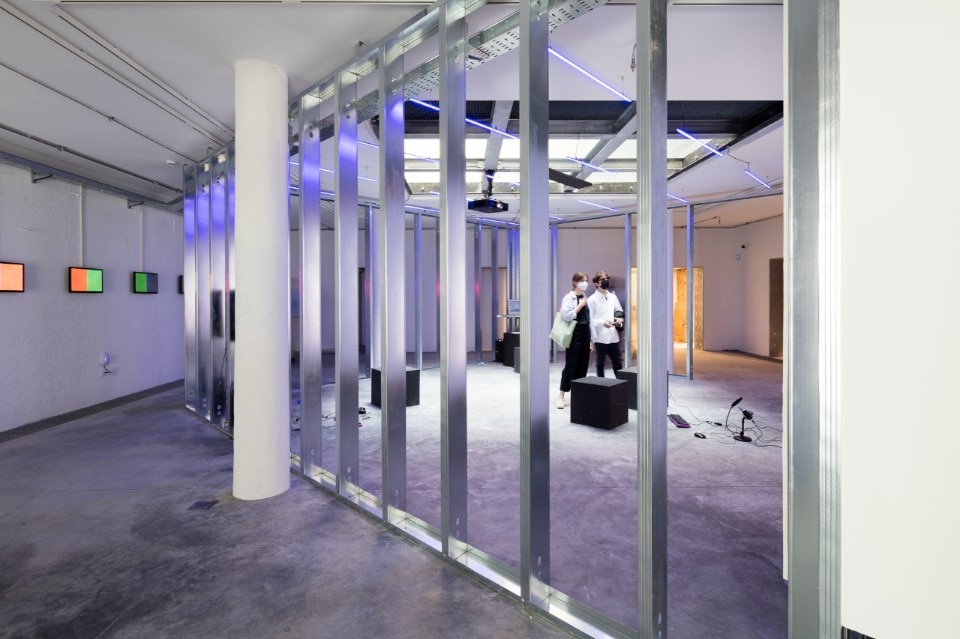
As regards “Open?”, this was the chance to transfer and amplify the message at one of the most renown Architecture Exhibitions in the world. It has done so through a site which is a real online platform, that tells the story of the architectural project built at the Giardini and offers an in-depth research work on cultural institutions, entitled Voices, and that through The Gamer, throws out a challenge by means of a series of video games specifically designed for the occasion.
Following the long awaited opening of Hashim Sarkis, the Russian Pavilion finally opens at the Giardini, where Pestellini Laparelli tells of “his desire to speak to institutions though the lens of architecture. The result is an anti-exhibition that displays the delicate and beautiful designs of KASA/Kovaleva&Sato Architects”. To all effects during the visit the designs of the Russian and Japanese duo appear as a comment on what is, in fact, the main concern of the show, that is to say the process of reconstruction. Thus the underlying message, for the Russian Pavilion team, is the need today for an institutional architecture, which widens the confines of and considers and cares for the places in which works, be they material or digital, are displayed. “Behind the architectural project lies the idea to restore the building in line with Shchusev’s original conception: a small structure in harmony with its environment that does not look within, towards the Giardini, but outwards towards the lagoon”, says Pestellini. As well as finding the original green paint, the old Pavilion finds a new internal flexibility: through a series of telescopic steel structures it will become possible to connect at various points the two levels of the building, starting from the hall positioned under the great skylight also visible from without.
If you go to Venice these months, prepare to find the space that opens onto the lagoon, as Shchusev had originally indicated in his architectural design, and meet a new and refined exhibition that can be retracted, expanded or fragmented, and allows the visitor to participate also by means of the digital dimension.
- Opening image :
- Russian Pavilion. Photo Giulia di Lenarda and Giorgio de Vecchi


